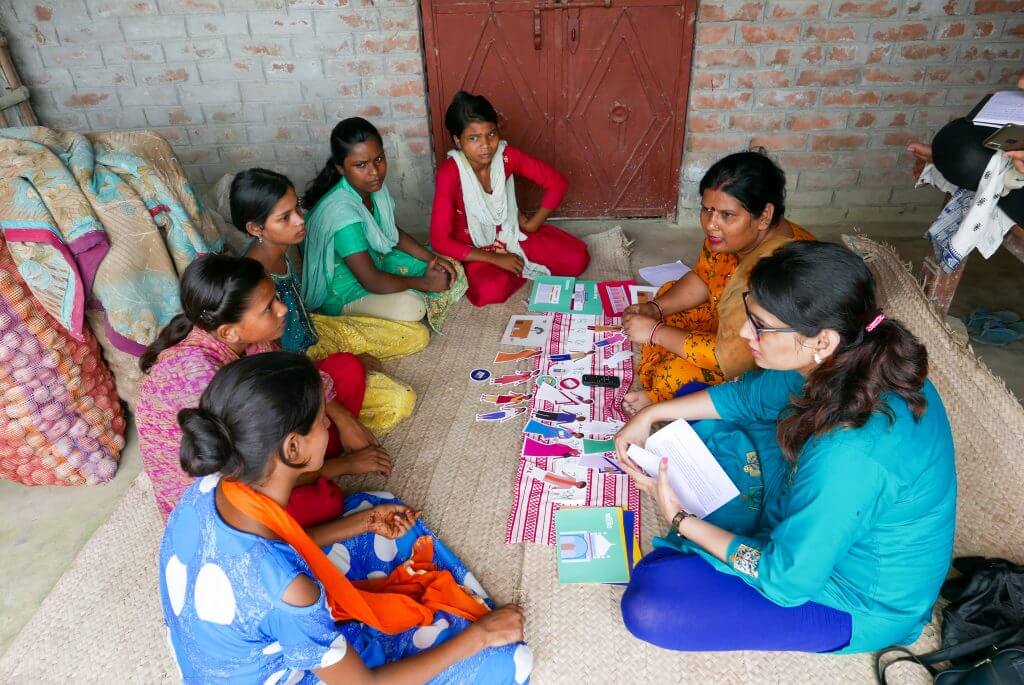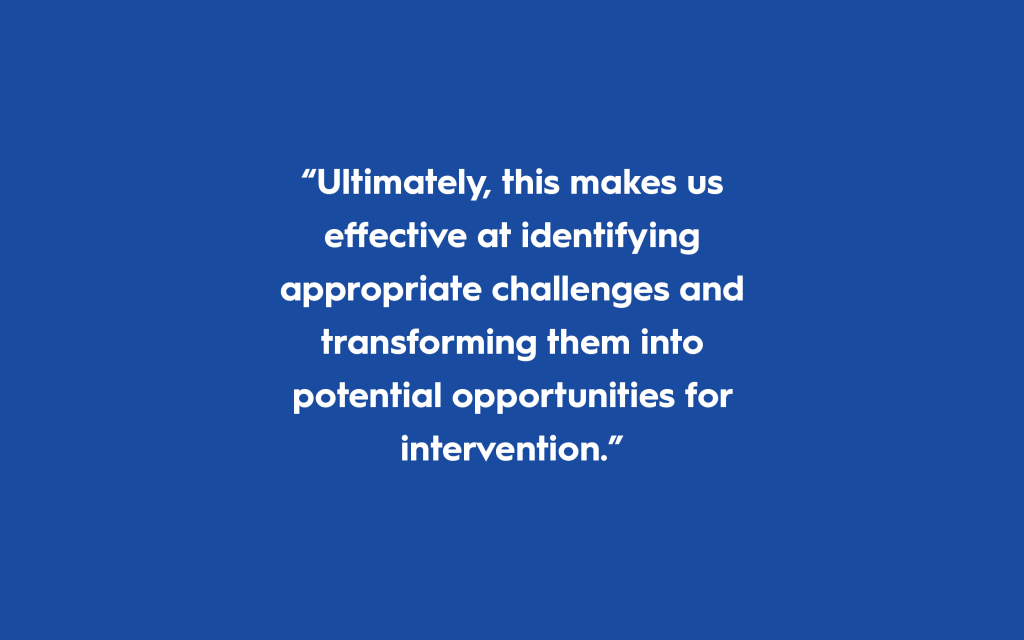Deepening insights for adolescent health in India
With the first phase of the Core project‘s Discover design research in India concluded, the team is preparing for the second phase of immersion and interaction with adolescent women and their communities.
Efforts in the first phase of design research focused on the sexual and reproductive health needs of women and girls in Bihar. The first phase yielded several cutting insights, the analysis of which prompted honing the focus onto the needs and experiences of adolescent girls in the region. On the life course map, the focus covers the adolescence period, especially the pre-marriage span in Indian women’s lives.
With the focus sharpened and Project Concern International (PCI) on board as a partner, the team is now developing custom design research tools to aid the further exploration of the foregoing period on the life course. The aim of the tools is to keep sexual and reproductive health embedded in the dialogue around the pre-marriage stage with 10 to 20-year-old girls. It strives to fully understand the girls’ experiences, be they their menstrual needs, relationships with the different men in their lives, or programmatic support they receive, as well as projecting futures to locate opportunities.
In the process of creating design research tools promoting adolescent health, the team is being mindful of several issues; ensuring that the tools are culturally sensitive and contextually relevant; that they are easy to share and engaging for partners and practitioners; that they are segmented in a way that they resonate equally but variously with different age groups in the audience be they 14-year-olds, 16-year-olds, or 18-year-olds.
Initial contours of the tools seem to be taking the shape of cutouts, anchored for the three mentioned age groups as well as three archetypes – the schoolgirl, the dropout, and the more mature persona of a young woman in a saree. Using the life course as a base, these cutouts will need to be accorded with various cues and touchpoints that could be spaces, things or people such as schools, fairs, shops, market squares, attire, hair etc. Although similar to the dress tool, this tool will involve mapping existing touchpoints and finding new ones to serve as design drivers to eventually aid the co-creation of solutions to girls’ adolescent health needs.
Stay tuned for more!
Back to news
